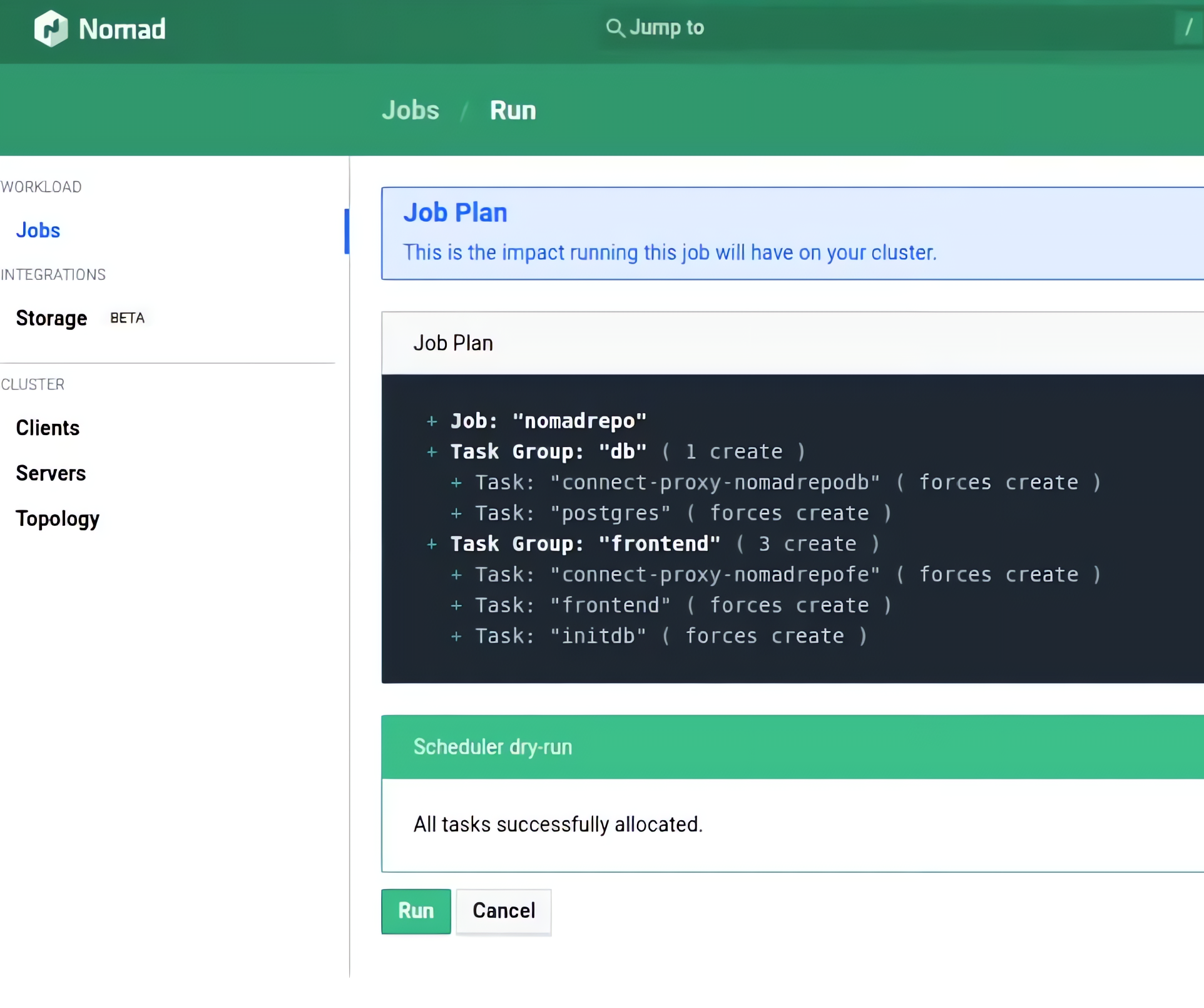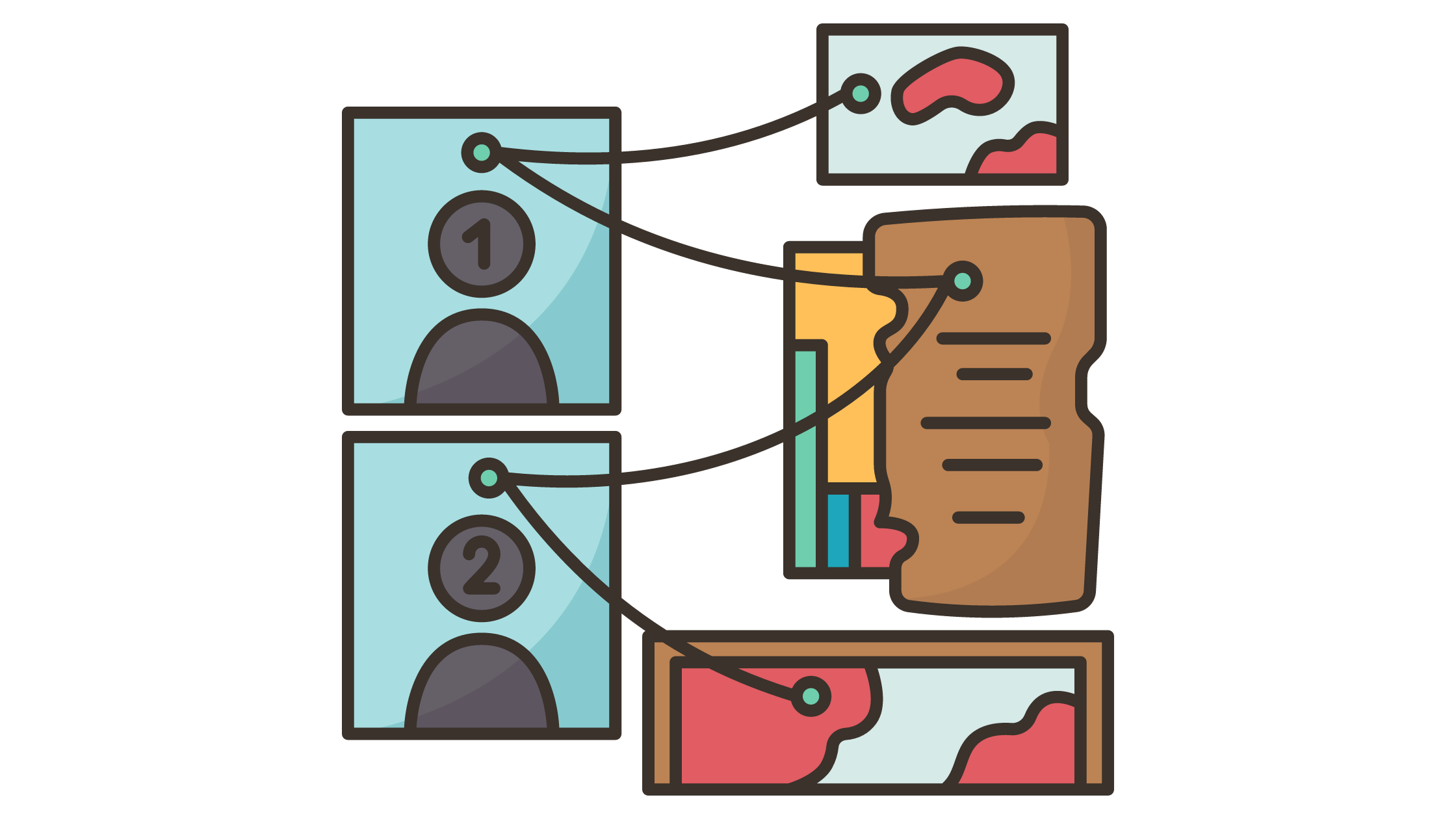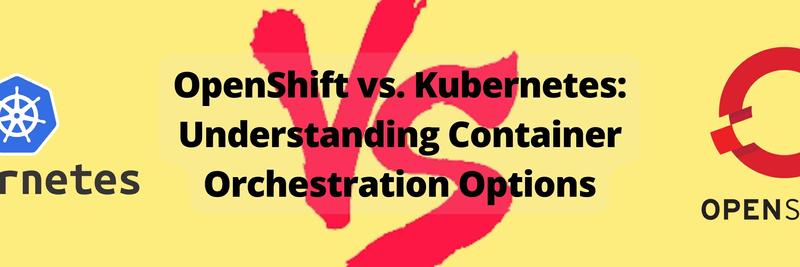Nomad vs. Kubernetes: Is Simpler Ever Better?
Table of Contents
This article compares Kubernetes and Nomad in orchestration. Earthly provides a consistent build environment that complements both Kubernetes and Nomad. Learn more about Earthly.
Containers make it easy to deploy software, and container orchestration tools help you manage the complexity as you deploy more of them. But how do you know which container orchestration tool is right for you?
Kubernetes is widely considered the standard choice and has a huge feature set. In contrast, Nomad is simpler and, therefore, less powerful. However, it’s useful in a wider range of use cases and can handle different workloads.
In this article, you’ll learn more about what these tools can do and when you should use each. They’ll be compared on how easy they are to set up, what they’re like to use, and what the extent of their ecosystem is.
Getting Started
Both Nomad and Kubernetes are open source, and you can choose to self-host or use a managed solution. Depending on which solution you choose, the setup can vary greatly. The latter is easier, although experienced developers may prefer the control of self-hosting. Self-hosting is free, but it’s not necessarily cheaper when you factor in development time, maintenance, and hosting costs.
That’s especially true in the case of Kubernetes. The engineering costs of self-hosting are very likely to outweigh those of a managed service.

Nomad provides a clear download link for its self-managed versions, along with a helpful set of links and tutorials to help you get started. You can download binaries for Windows, macOS, and Linux. Or it can be installed as a package, and there’s guidance for doing that on macOS and several Linux varieties.
The Nomad Enterprise version has added support as well as multicluster and governance features.
Nomad can be used on major cloud providers, but it takes time to set up. While you do have options, there isn’t the range of offerings that you get with Kubernetes.
Kubernetes is also easy to download and install, and offers guidance on its site to do so, although it isn’t immediately clear which of the several options available is the best choice for a beginner.
> kubectl create -f ./pod.jsonThere are various tasks to be worked through when self-hosting with Kubernetes, including virtual machine (VM) creation and provisioning. You’ll also need to get to know kubectl for cluster management. kubectl is a command line utility for working with Kubernetes and is central to many of its workflows.
Learning about these tools takes time, and it’s easy to make mistakes with configuration. There are, however, plenty of services that manage Kubernetes on your behalf. Google, Amazon, and Azure all offer managed, configurable packages that you can provision and use quickly.
To summarize, you can get started quickly with Nomad, and it’s easy to self-host. In comparison, Kubernetes is tougher, and you need expertise or patience to get it up and running. When it comes to managed services, though, Kubernetes has a greater selection of out-of-the-box solutions, particularly on the major cloud providers.
Ease of Use

Nomad comes with several features ready to use. In addition to a CLI, there’s also a web-based UI for managing and monitoring clusters.
Since it’s a self-contained application, it’s easy to work with and update. Nomad isn’t dependent on other services and doesn’t use third-party storage, which helps keep it simple. It can be consistently deployed locally and remotely.
In contrast, Kubernetes is more complex than Nomad and uses multiple services together. Google has acknowledged its complexity, and if your developers don’t have experience with it, they will face a steep learning curve with a lot of configuration. The payoff is that Kubernetes’s complexity results in the supported application being simpler to work with, as Kubernetes deals with the hard problems of scaling and load balancing, letting you deploy the application without all the additional complexity.
Kubernetes is managed via the command line. That’s all you get out of the box. There’s a lot you can do from there, but all the various features it offers require work to set up and configure.
It’s a different story with hosted services, however. Many of those offer dashboards that let you manage your clusters easily, and these make Kubernetes’s features much more accessible.
Nomad is fundamentally simpler than Kubernetes and easier to install and work with. Kubernetes’s complexity makes it more of a challenge; however, software-as-a-service (SaaS) offerings and prebuilt distros make this less of an issue.
Ecosystem

Nomad aims for simplicity, and its core is run as a single binary with no external services required. It integrates well with HashiCorp’s other tools, including Consul and Vault. Vault provides security and secrets management, while Consul lets you automate networking tasks in the cloud.
Nomad’s community includes a forum, and HashiCorp provides some training materials. There are webinars, and you can ask its team questions during office hours. Overall, though, there’s not as much as there is with Kubernetes, and much of it is controlled by HashiCorp. However, since Nomad is simpler, that’s less of an issue.
Kubernetes is a mature, popular tool and has an active community with forums, tutorials, and sample projects galore. Browse Stack Overflow or the web in general, and you’ll find plenty of discussion on all kinds of related topics. Its Reddit group has around 90,000 members compared to 3,000 for HashiCorp. Its meetups alone have had over 30,000 participants.
You’ll find no shortage of people who’ve faced the same problems as you. This collective experience can be invaluable while taming Kubernetes and getting the most value from it.
In addition, there are many plug-ins and tools available to extend Kubernetes. Helm is a useful package manager that can help you replicate complicated configurations and maintain consistency across your projects. Moreover, the Istio service mesh can bring additional security to your services, helping them communicate safely.
Overall, there’s more to Kubernetes’s ecosystem when compared to Nomad’s. However, given the additional complexity of the Kubernetes tool, you’ll be more dependent on support than with HashiCorp’s simpler product.
Ideal Use Cases

Nomad is more than a container orchestration tool, and it can handle other kinds of workloads. Aside from containers, it can manage other types of applications, including noncontainerized legacy apps. It’s also used for edge workload management and batch processing workloads.
If you want to automate the management of different applications, Nomad is perfect. It helps you with scaling and updates, too. It has features for cluster and node management, which make deploying different applications at a scale much easier.
Nomad is ideal if you’re interested in scheduling and managing a broad selection of applications. Its clients include Cloudflare, Conductor, and the Internet Archive.
Kubernetes is the de facto for large-scale container orchestration deployments. Essentially, that’s what it does. It’s able to heal applications and restore failing containers, keeping your infrastructure running smoothly.
It’s popular with major companies, and its clients are generally larger than Nomad’s. The case studies page on its site includes many large companies, including Adidas, Spotify, and IBM.
Kubernetes has a narrower focus than Nomad but is widely viewed as the best in class at what it does. Kubernetes certainly isn’t the easiest tool to use, though. If Nomad can do what you need, its simplicity makes it a better choice.
Conclusion
Kubernetes has a broad set of features and does almost everything you need to manage containerized applications. If it doesn’t do something, you can probably find an extension that does. It’s a tightly focused application that does one job really well.
In contrast, Nomad is simple and easy to use. You can use it with a broader selection of use cases, though when compared directly to Kubernetes in container orchestration, it’s more limited in what it can do. Which you choose will depend on how much complexity you need, what your future needs are, and what your current development capabilities are.
If you need extensive features or if you think you may need them in the future, Kubernetes is the best choice. If you don’t need this functionality or your developers aren’t keen to invest time learning Kubernetes, Nomad is a great alternative. Nomad is also the clear choice if you want to use workloads Kubernetes can’t handle.
Another tool to be aware of is Earthly. It’s a CI/CD framework that runs everywhere. Using it gives you builds that are containerized, repeatable, and language-agnostic. It’s simple but powerful, so check it out to see how it can help you.
Earthly Lunar: Monitoring for your SDLC
Achieve Engineering Excellence with universal SDLC monitoring that works with every tech stack, microservice, and CI pipeline.



